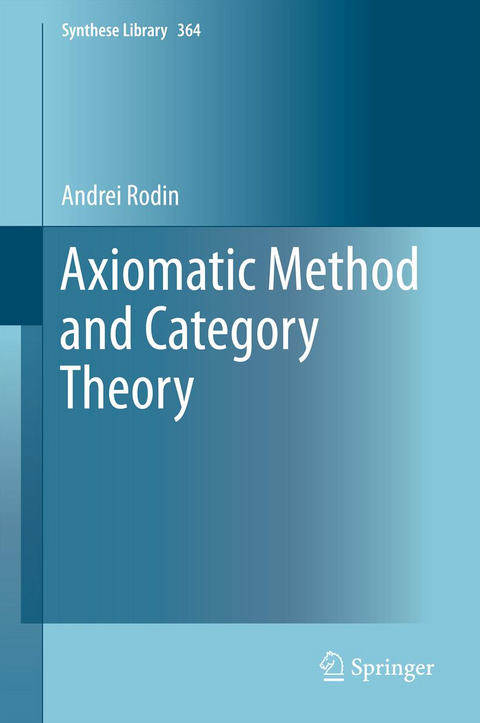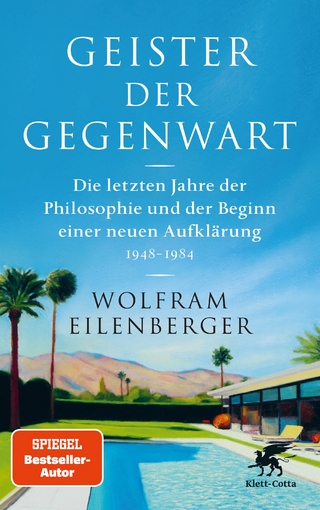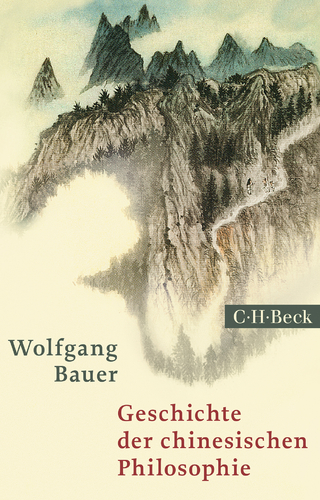Axiomatic Method and Category Theory
Springer International Publishing (Verlag)
978-3-319-00403-7 (ISBN)
This volume explores the many different meanings of the notion of the axiomatic method, offering an insightful historical and philosophical discussion about how these notions changed over the millennia.
The author, a well-known philosopher and historian of mathematics, first examines Euclid, who is considered the father of the axiomatic method, before moving onto Hilbert and Lawvere. He then presents a deep textual analysis of each writer and describes how their ideas are different and even how their ideas progressed over time. Next, the book explores category theory and details how it has revolutionized the notion of the axiomatic method. It considers the question of identity/equality in mathematics as well as examines the received theories of mathematical structuralism. In the end, Rodin presents a hypothetical New Axiomatic Method, which establishes closer relationships between mathematics and physics.
Lawvere's axiomatization of topos theory and Voevodsky's axiomatization of higher homotopy theory exemplify a new way of axiomatic theory building, which goes beyond the classical Hilbert-style Axiomatic Method. The new notion of Axiomatic Method that emerges in categorical logic opens new possibilities for using this method in physics and other natural sciences.
This volume offers readers a coherent look at the past, present and anticipated future of the Axiomatic Method.
Andrei Rodin studied mathematics and philosophy in Moscow and got his Ph.D. degree in philosophy from the Institute of Philosophy, Russian Academy of Sciences in 1995. His research interests lay in the history and philosophy of mathematics. During the last decade his research was focused on philosophical issues related to the Category theory. More information about Andrei Rodin is found on his personal website: philomatica.org
Introduction.- Part I A Brief History of the Axiomatic Method.- Chapter 1. Euclid: Doing and Showing.- Chapter 2. Hilbert: Making It Formal.- Chapter 3. Formal Axiomatic Method and the 20th Century Mathematics.- Chapter. 4 Lawvere: Pursuit of Objectivity.- Conclusion of Part 1.- Part II. Identity and Categorification.- Chapter 5. Identity in Classical and Constructive Mathematics.- Chapter 6. Identity Through Change, Category Theory and Homotopy Theory.- Conclusion of Part 2.- Part III. Subjective Intuitions and Objective Structures.- Chapter 7. How Mathematical Concepts Get Their Bodies. Chapter 8. Categories versus Structures.- Chapter 9. New Axiomatic Method (instead of conclusion).- Bibliography.
| Erscheint lt. Verlag | 24.10.2013 |
|---|---|
| Reihe/Serie | Synthese Library |
| Zusatzinfo | XI, 285 p. 63 illus. |
| Verlagsort | Cham |
| Sprache | englisch |
| Maße | 155 x 235 mm |
| Gewicht | 580 g |
| Themenwelt | Geisteswissenschaften ► Philosophie ► Allgemeines / Lexika |
| Geisteswissenschaften ► Philosophie ► Erkenntnistheorie / Wissenschaftstheorie | |
| Mathematik / Informatik ► Mathematik ► Algebra | |
| Mathematik / Informatik ► Mathematik ► Logik / Mengenlehre | |
| Schlagworte | categorical logic • David Hilbert • Homotopy Type theory • Mathematical structuralism • topos theory • Univalent Foundations of Mathematics • Vladimir Voevodsky • William Lawvere |
| ISBN-10 | 3-319-00403-4 / 3319004034 |
| ISBN-13 | 978-3-319-00403-7 / 9783319004037 |
| Zustand | Neuware |
| Informationen gemäß Produktsicherheitsverordnung (GPSR) | |
| Haben Sie eine Frage zum Produkt? |
aus dem Bereich




